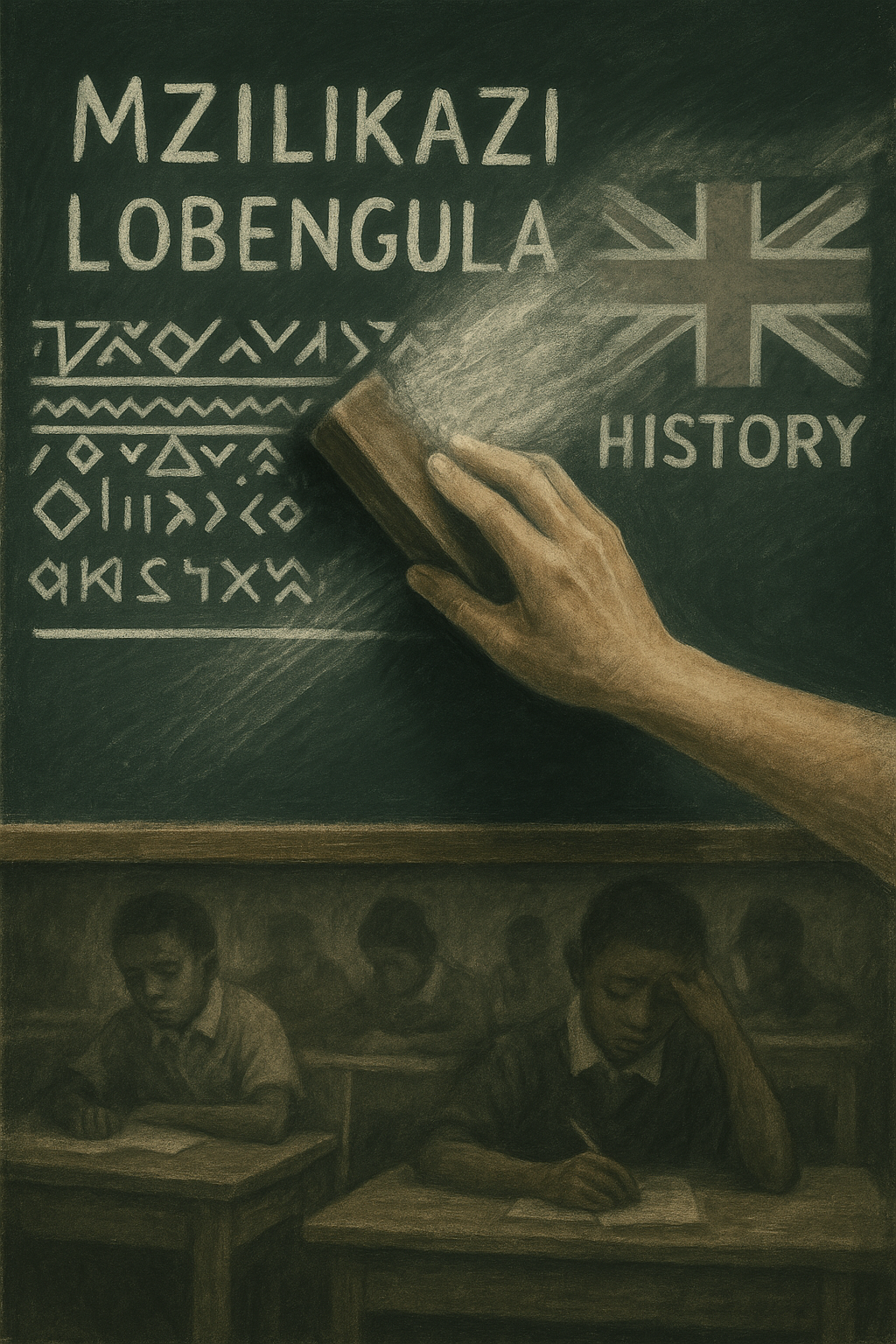The 1979 Grand Plan: Blueprint or Backfilled Myth? An Objective Analysis for uMthwakazi

Introduction
The "1979 ZANU-PF Grand Plan" has haunted the memory of Matabeleland for decades. It is whispered in community meetings, referenced in political debates, and invoked during commemorations of the Gukurahundi atrocities. The document allegedly outlines a strategy by ZANU PF's elites to ensure Shona dominance across every aspect of national life, from education and economics to culture and governance.
But what is this Grand Plan really? Was it a concrete strategic document, carefully crafted before independence? Or is it a retrospective conspiracy theory created to explain patterns of exclusion? To answer that, we must go deeper, into the document itself, into history, and into the lived experience of uMthwakazi.
This post is not just an inquiry. It is a reckoning.
Origins of the Grand Plan
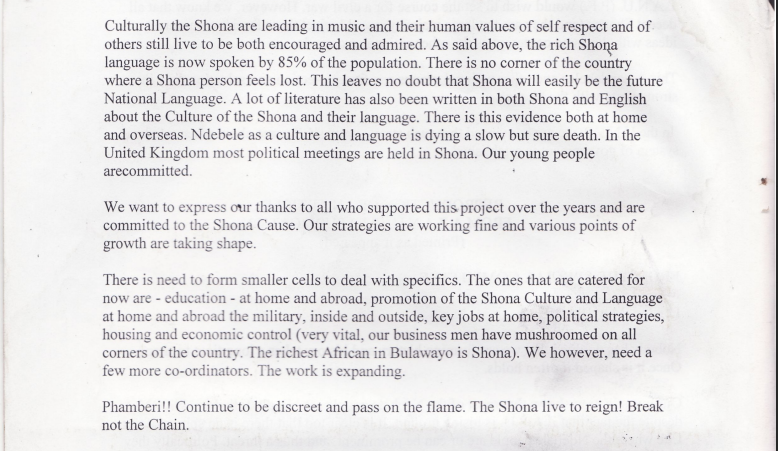
The "1979 Grand Plan" is presented as a leaked strategy paper circulated within ZANU-PF just before independence. In the reproduction made public under the title “From the Special Committee, London – May 19th, 1979,” the authors lay bare an explicit goal: the long-term dominance of the Shona over all aspects of national life. The language is unfiltered and supremacist.
One passage reads:
“It is clear too that there is no sphere of our life where the Ndebele people are or can be prominent, and thus a threat.”
Another chillingly states:
“Ndebele as a culture and language is dying a slow but sure death.”
And the final declaration:
“The Shona live to reign! Break not the Chain.”
Though its authenticity is debated by the state, the document’s strategy aligns disturbingly well with what unfolded in the decades that followed.
Gukurahundi: The Fulcrum of Ethnic Cleansing
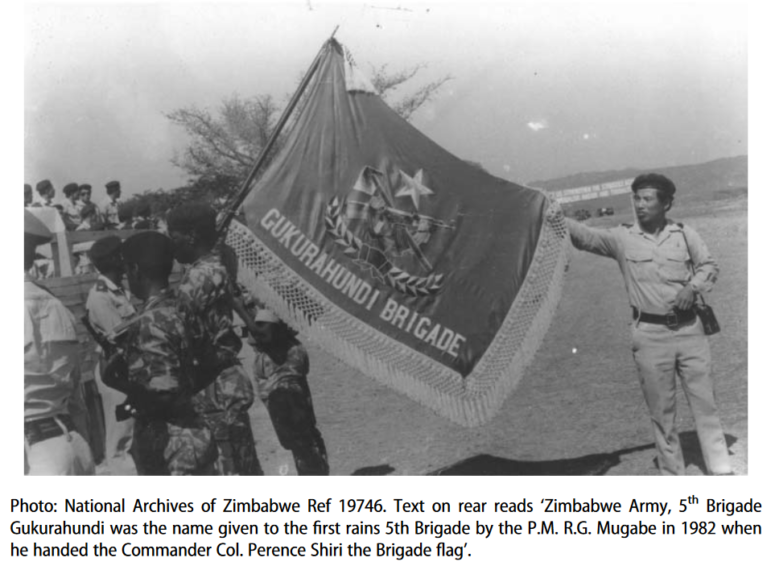
Between 1983 and 1987, Zimbabwe witnessed one of the most heinous crimes against humanity in Southern Africa since apartheid. The Fifth Brigade, a Shona military unit trained by North Korean advisers, was deployed to Matabeleland under the guise of rooting out "dissidents."
What followed was a genocide.
- Over 20,000 civilians, primarily Ndebele, were murdered.
- Thousands more were tortured, disappeared, or raped.
- Villages were burned. Entire communities were silenced.
According to the Breaking the Silence report by the Catholic Commission for Justice and Peace (1997):
“The majority of those targeted were civilians, not dissidents. The operation was political, aimed at silencing ZAPU and reconfiguring the balance of power.”
In the context of the Grand Plan, Gukurahundi appears not as an isolated atrocity but as a central pillar of a long-term ethnic domination strategy.
Cultural Erosion through Language and Education
The Grand Plan states:
“We are pleased to note that our Committee is doing all possible to ensure the education of the Shona people. All schools have a Shona majority including the ones in Bulawayo itself.”
This is echoed in real events. From the 1990s onward, Shona-speaking teachers were systematically deployed to Matabeleland. Many were untrained in isiNdebele, and parents voiced concern about the quality of education their children were receiving.
Former MP Felix Mafa-Sibanda described this in a 2014 VOA Studio 7 interview as:
"an act of cultural warfare... aimed at phasing out isiNdebele by sabotaging children’s early education.” [VOA Studio 7, June 2014]
The outcome has been devastating:
- A steady decline in isiNdebele literacy.
- Alienation of young learners from their culture.
- Internalised inferiority among Ndebele children.
This is not neglect. This is strategic cultural disarmament.
The Political Machine: Tokenism Over Power

The 1979 document laid out a multi-pronged strategy for power consolidation. It read:
“There is need to form smaller cells to deal with specifics... key jobs at home, political strategies... Our businessmen have mushroomed on all corners of the country. The richest African in Bulawayo is Shona.”
Since independence:
- Cabinet posts have been overwhelmingly held by Shona politicians.
- Ndebele voices in leadership have been few and largely symbolic.
- The 1987 Unity Accord reduced ZAPU into a subservient arm of ZANU.
Political domination was not incidental. It was intentional and methodical.
Economic Sabotage: Marginalisation by Design
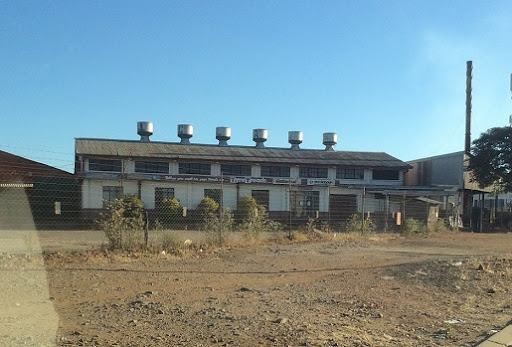
The Grand Plan boasts:
“Housing and economic control (very vital)... The richest African in Bulawayo is Shona.”
This is borne out in the reality of:
- Massive industrial collapse in Bulawayo.
- Underdevelopment in Matabeleland’s infrastructure.
- Allocation of farms during land reform skewed heavily in favour of settlers from Mashonaland.
According to the Inter-Cultural Society of Mthwakazi (2018):
“There was no economic rehabilitation in Matabeleland post-Gukurahundi. Instead, resources flowed to Mashonaland.”
Economic inequality was not accidental. It was structural, a reconfiguration of wealth aligned with ethnic hierarchy.
King Bulelani kaLobengula vs. King Munhumutapa: The Double Standard
Nothing captures Zimbabwe’s selective tolerance of cultural expression more than the contrasting treatment of two monarchs:
- King Bulelani kaLobhengula, presented by the Khumalo royal house, was barred from coronation, ridiculed, and even called a “charlatan” by Local Government Minister Daniel Garwe. [ZimLive, 2025]
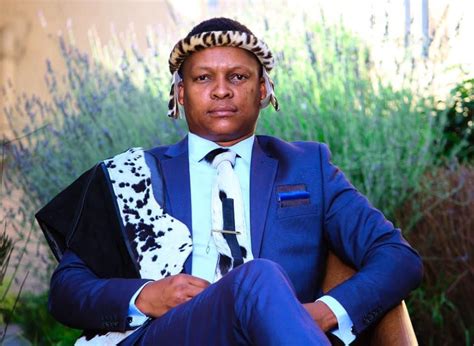
- Timothy Chiminya, who declared himself King Munhumutapa, received national TV coverage, praise, and operated publicly, only drawing criticism when he sought political control over chiefs. [Nehanda Radio, 2024]

This is not about legality. It’s about which history threatens the state.
The Mthwakazi monarch invokes memory, resistance, and justice. The Munhumutapa claimant, disconnected from real sovereignty, is tolerated as pageantry.
Conclusion: A Living Document of Truth
Whether or not the 1979 Grand Plan is authentic in the forensic sense is now beside the point.
- Gukurahundi happened. [CCJP, 1997]
- ZAPU was neutralised. [Breaking the Silence]
- Education and culture were targeted. [Sibanda, 2014]
- Economic sabotage occurred. [Inter-Cultural Society of Mthwakazi, 2018]
- Matabeleland remains marginalised.
If the Grand Plan was a forgery, then reality conspired to fulfil it with terrifying accuracy.
It may not be a historical document.
But it is a lived reality.
Final Word: For the Nation, By the Nation
This post is not just about mourning.
It is about naming the wound.
It is about reclaiming the narrative.
It is about awakening the spirit of Mthwakazi.
We will not be gaslit.
We will not be erased.
We are the children of uMzilikazi, of uLobhngula, of uMthwakazi!
We remember.
We rise.
We roar.
Vuka Mthwakazi! ✊🏽
References
Catholic Commission for Justice and Peace (CCJP), Breaking the Silence: A Report on the Disturbances in Matabeleland and the Midlands, 1980–1988, 1997.
Hazel Cameron, The Matabeleland Massacres: Britain's Wilful Blindness, The International History Review, 2017.
Reim, Lena, ‘Gukurahundi Continues’: Violence, Memory, and Mthwakazi Activism in Zimbabwe, African Affairs, 2023.
Felix Mafa Sibanda, Interview on VOA Studio 7, June 2014.
ZimLive. “King Bulelani’s Office Hits Back at Garwe.” 2025.
Nehanda Radio. “‘King Munhumutapa’ Demands Recognition.” 2024.
Inter-Cultural Society of Mthwakazi, Report on Grand Plan Progress Review, 2018.
Nomazulu Thata, “Gukurahundi and the 1979 Grand Plan: Myth or Reality?”, Zimeye.net, 2014.
Mthwakazi Republic Party, Press Statement, 2018.

